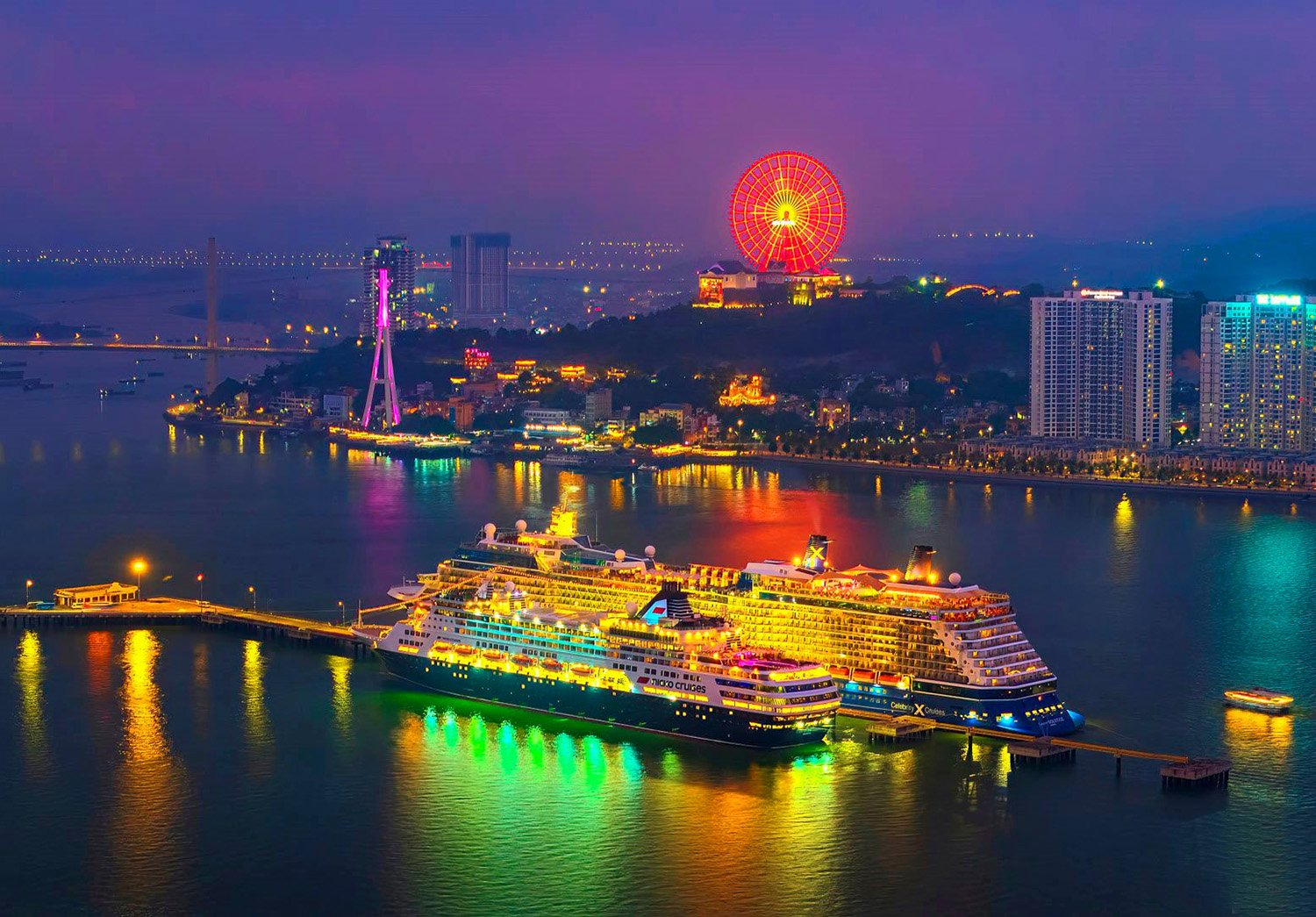
Green economic development in the cultural sector
In the cultural field, green economic development is understood as the combination of sustainable development of three factors: economy (development associated with hunger eradication, poverty reduction, improving the economic life of the community, promoting sustainable growth), environment - resources (protecting the cultural environment, preserving, regenerating, restoring resources and promoting the value of resources through sustainable exploitation and consumption of cultural resources) and society (improving the quality of life, reducing social inequality, minimizing the risks of the community in terms of culture and society in the context of intersection and globalization). Green economic development will help local managers to properly resolve the relationship between management, protection and promotion of cultural heritage values.
In terms of economy , green development aims at an economic model for human development with the goal of eliminating hunger, reducing poverty, improving the economic life of the community, promoting local economic growth, preserving traditional values and living space for people. Service industries exploiting and using the value of local culture, such as tourism , hotels, and entertainment will promote local economic growth. Revenue from these service industries will be balanced with the goal of supporting hunger eradication and poverty reduction, creating conditions for local people to participate and benefit from the exploitation of resources and traditional cultural values on the spot, towards sustainable development.
In terms of environment and cultural resources , green development aims to protect the cultural environment and avoid the negative impacts of cultural exchange, integration and globalization. It is the process of preserving, maintaining and recreating traditional cultural values, in parallel with selectively absorbing the quintessence of world cultural values to build and develop an advanced local cultural environment imbued with national identity. To achieve this goal, it requires the efforts of local Party committees and authorities in leadership, management, balancing the goals of conservation and development, preservation and promotion; the formation of a green lifestyle in the business community as well as each citizen.
In terms of society , green development aims to maintain social stability and equality, improve the quality of life, and minimize the risks of the community in terms of culture, society, and environment in the context of globalization. The basis of green development is social stability and increased quality of life on the basis of ensuring fairness, equality, and safety for the community.
Thus, green development in the cultural field is a development aimed at balancing all three pillars: ensuring green economic growth; building a cultural environment - conserving resources in a sustainable manner; ensuring social security, equality and development. To be able to effectively implement the above goals, there must be consensus in the awareness and action of Party committees, authorities, people, businesses...
Management, protection and promotion of cultural heritage values from the perspective of local governance in Vietnam
According to statistics from the Department of Cultural Heritage, Vietnam currently has more than 40,000 tangible cultural heritages (of which, 6 heritages are recognized by UNESCO as world heritages, 107 special national relics, more than 3,500 national relics, more than 10,000 provincial relics and nearly 3,000,000 documents and artifacts, of which 237 artifacts and groups of artifacts are ranked as national treasures (1)); 13 world intangible cultural heritages, 395 national intangible cultural heritages and 7 documentary heritages are listed by UNESCO in the Memory of the World program (2). The system of cultural heritages is distributed in many localities and has become an extremely valuable resource for localities to preserve, conserve and exploit for economic development.
The work of managing, protecting and promoting the value of cultural heritage for the goal of sustainable development from the central to local levels has recently achieved some results.
Firstly , the development in the Party's theoretical awareness in the field of culture and the work of managing, protecting and promoting the value of cultural heritage is specifically demonstrated in Central resolutions, such as Resolution of the 5th Central Conference, Session VIII " On building an advanced Vietnamese culture imbued with national identity "; Resolution of the 9th Central Conference, Session XI " On building and developing Vietnamese culture and people to meet the requirements of sustainable national development "; Documents of the 13th National Party Congress (3) . At the local level, Party committees and authorities are increasingly aware that the management, protection and promotion of cultural heritage values must be closely linked to sustainable economic and social development.
Second, the system of regulations related to the conservation and restoration of resources is gradually being improved, creating a legal corridor for the leadership and management of conservation and exploitation of cultural heritage. Many important legal documents, such as the Law on Cultural Heritage 2001 (amended and supplemented in 2009) (4) , decrees on the management and protection of cultural heritage, such as Decree No. 86/2005/ND-CP, dated July 8, 2005, "On the management and protection of underwater cultural heritage"; Decree No. 62/2014/ND-CP, dated June 25, 2014, of the Government "regulating the awarding of the titles "People's Artisan", "Excellent Artisan" in the field of intangible cultural heritage"; Decree No. 109/2015/ND-CP, dated October 28, 2015, of the Government, “On support for folk artisans and outstanding artisans with low income and difficult circumstances”; Decree No. 61/2016/ND-CP, dated July 1, 2016, of the Government “regulating the conditions for business appraisal of antiques and practice of preservation, restoration and rehabilitation of historical - cultural relics and scenic spots”; Decree No. 109/2017/ND-CP, dated September 21, 2017, of the Government “regulating the protection and management of World Cultural and Natural Heritage in Vietnam”; Decree No. 166/2018/ND-CP, dated December 25, 2018, of the Government "regulating the authority, order, procedures for establishing, appraising, and approving plans and projects for preserving, renovating, and restoring historical-cultural relics and scenic spots",... was promptly issued to help the management, conservation, and exploitation of cultural heritage values become more systematic and rigorous.
Third, many strategies, plans, and action programs related to the management, protection, exploitation, and promotion of cultural heritage values have been implemented at many levels, such as the Cultural Development Strategy to 2020; Vietnam Tourism Development Strategy to 2020, with a vision to 2030; Project "Preserving and developing the culture of Vietnam's ethnic minorities to 2020"; Project "Training talents in the field of culture and arts for the period 2016 - 2025, with a vision to 2030"; Master plan for the Vietnamese museum system to 2020; Master plan for performing arts development to 2020, vision to 2030... These strategies, programs, and action plans help raise awareness and capacity of local authorities and authorities on preserving and developing industries that exploit heritage values, such as tourism and services.
Fourth, the development of service, tourism, entertainment and cultural industries has helped many localities exploit the value of heritage, create jobs, increase income and improve the lives of local communities, actively contributing to the conservation and restoration of cultural heritage. Revenue from tourism helps localities to be proactive in managing, protecting and promoting heritage, contributing to raising public awareness of the need to preserve heritage, traditions and cultural environment.
Fifth, the work of inventorying relics, researching and restoring to ensure the preservation of heritage values has been better implemented. Learning from international experiences and applying modern technology in the restoration, conservation and performance of heritage has been carried out quite effectively in some localities, such as Hue, Hoi An, Hanoi..., actively supporting the work of protecting and preserving heritage values, helping to create many new products that effectively exploit many aspects of cultural heritage, contributing to attracting tourists to visit and experience, making a positive contribution to the economic and social development of the locality.
Besides the achieved results, the management and protection of cultural heritage values still have many limitations:
The system of institutions and regulations related to the management, protection and promotion of cultural heritage values is still overlapping, some aspects are not specific, leading to difficulties in handling issues arising related to heritage. The mechanism and policies regulating the responsibility of management and the right to exploit cultural heritage of organizations and individuals are not clear, leading to the unsustainable exploitation of cultural heritage.
The awareness of the community in some localities about the conservation and sustainable exploitation of cultural heritage is not really deep and complete. There are still phenomena of encroachment on the corridor of relics and heritage, taking advantage of superstition, creating fake relics and heritage for profit...
The exploitation of cultural heritage values in economic development in some places is still unsustainable. Funding sources for archaeology, collection of artifacts, research, protection, restoration and embellishment of relics and heritage are still limited, mainly from the state and local budgets, from sightseeing, tourism activities and aid from some international organizations. The relationship between management, protection and preservation of traditional culture and economic development in many localities has not been resolved harmoniously, heritage is abused, exploited, not cared for, restored and preserved, leading to deformation and gradual loss of value; benefits from heritage exploitation have not been distributed fairly to relevant parties, in many places there is no priority for sustainable development of local people's livelihoods.
Like many other countries, socio-economic development, industrialization, modernization and globalization always create great pressure on the management, protection and promotion of cultural heritage values in Vietnam. Therefore, applying green management and development models to ensure that cultural heritage is preserved and promoted effectively and sustainably is an important and urgent task.
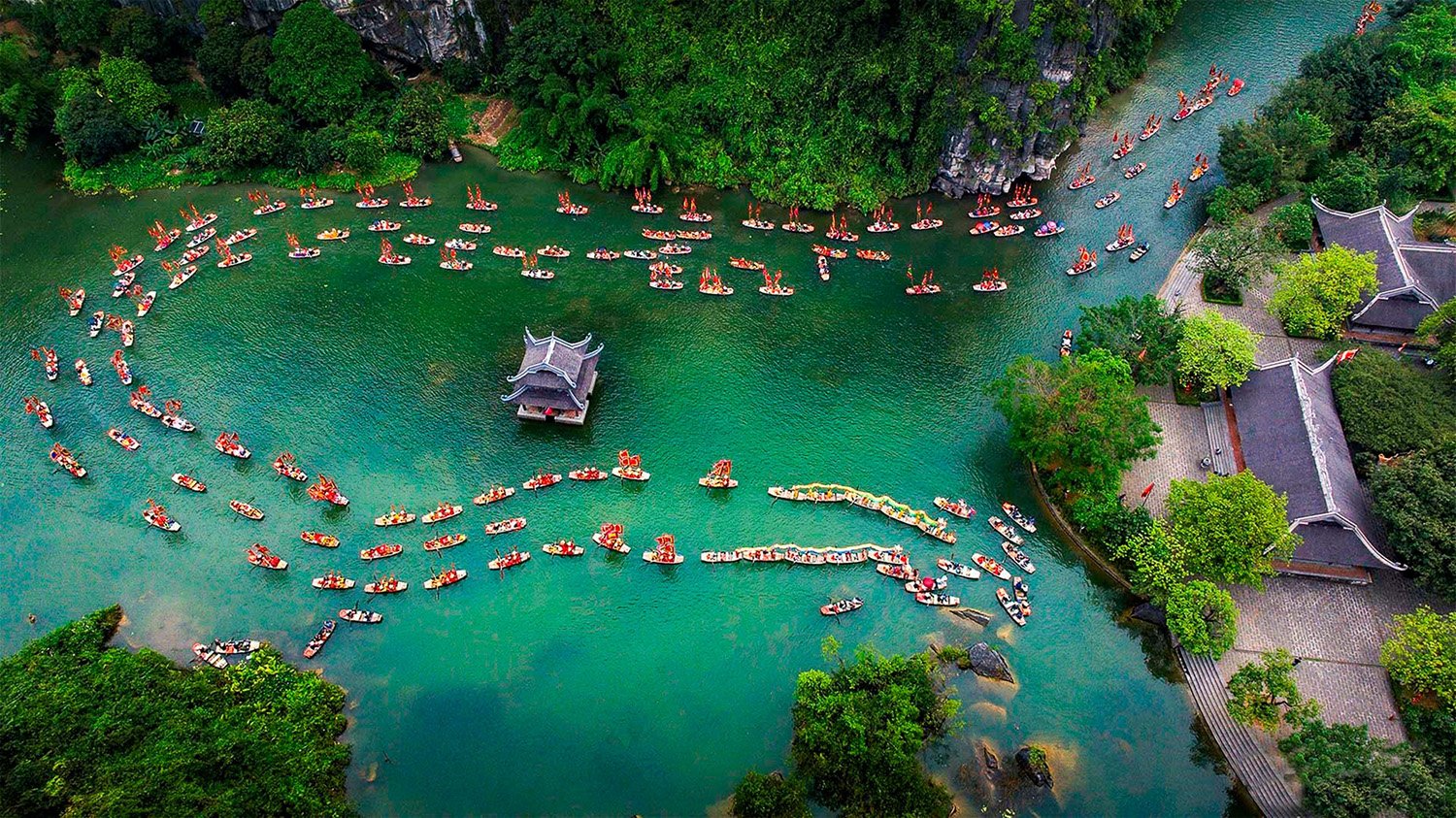
Solutions for applying green economic models in managing, protecting and promoting cultural heritage values from a local governance perspective
Firstly, build a policy framework, criteria and regulations on restoration, conservation and exploitation of local cultural heritage in a sustainable manner.
Based on local characteristics, develop a policy framework and specific regulations on the management, protection and promotion of cultural heritage associated with sustainable development criteria, paying attention to all three factors: economy, environment and society. Some contents that need to be developed include: 1- Statistics and digitization of cultural heritage: ensuring complete and updated information on quantity, scientific, historical, cultural value and current status of both tangible and intangible cultural heritage in the locality; 2- Develop and apply criteria and restoration and conservation processes based on complete research on heritage to ensure that the restoration and conservation process does not affect or change the value of cultural heritage; 3- Develop and apply regulations on functions, roles, responsibilities and coordination processes of agencies managing, protecting and promoting the value of cultural heritage; There is a policy to promote public-private cooperation in the management and exploitation of local cultural heritage; 4- Develop and apply regulations on the use of technology and methods for restoration and preservation of modern heritage based on the evaluation of the effectiveness of the plan and learning from the experience of domestic and foreign experts; 5- Standardize regulations on the exploitation and use of cultural heritage in business activities based on sustainable standards, capacity, environmental impact and contribution to reinvestment activities for the restoration and conservation of local cultural heritage; 6- Integrate green and sustainable economic development goals into programs and goals for the restoration, conservation and promotion of cultural heritage values; programs and plans for the development of tourism, services and creative industries; 7- Develop a set of criteria and guidelines on the sustainable exploitation of local cultural heritage resources in the fields of tourism management and business and entertainment business in accordance with local characteristics.
Second, Encourage the development of tourism business models and entertainment service businesses that exploit local cultural heritage values in a sustainable manner.
Models that need to be encouraged for development include: 1- Responsible tourism business model, "green entertainment" service business, focusing on cultural experiences, introducing cultural heritage values, traditional education that is friendly to the natural environment, local cultural environment; 2- Tourism business model, entertainment service business, cultural heritage tours implemented by local communities or business models with specific policies on employment opportunities, social security contributions, sharing and balancing benefits for local communities; 3- Business models with policies, responsibilities to contribute specifically or sponsor activities to restore, preserve cultural heritage and preserve the local cultural environment; 4- Business models that prioritize the use of clean energy sources, renewable energy; recycling, recycling water, waste; business models using public transport, green vehicles to protect the environment; Using local resources and raw materials to promote the local economy; 5- Creating an environment and policies to promote cultural heritage management applying science, technology, digital transformation, especially in the management, protection and promotion of local cultural heritage values; promoting innovation, developing sustainable business models; 6- Models for developing cultural tourism, heritage tourism, developing cultural heritage tourism products in the direction of applying modern technology, digital transformation in exploiting cultural heritage.
Third, develop and implement an education program to raise awareness among officials, party members, people and businesses about the value of cultural heritage and the role of green and sustainable economic development.
Promote “green jobs”, focus on training human resources with green knowledge and skills, capable of implementing sustainable economic development goals. Conduct training, education, and propaganda to raise awareness of local people and related parties on green economic development and sustainable economy. Mobilize domestic and foreign resources to manage, protect, and promote the value of cultural heritage.
Strengthen communication work, integrate local traditional education programs, introduce heritage values into activities to raise awareness for local people, agencies, units, and individuals about the cultural heritage system and the value of local cultural heritage. Develop programs, open training courses for businesses and local people on environmental ethics, civilized codes of conduct, integrate into social activities on cultural heritage, conservation, restoration and exploitation of cultural heritage values to serve sustainable economic development.
Fourth, promote cooperation with localities, organizations, businesses and individuals at home and abroad, making the most of resources towards the goal of green development in the management, protection and promotion of cultural heritage values.
Cooperation to optimize the efficiency of resource use and create momentum for common development is one of the core issues of green governance. The issue of cooperation needs to be placed in an overall relationship with connectivity and interconnectivity between sectors, fields and regions on the basis of maximizing the knowledge, technology and experience of domestic and foreign experts and scientists to ensure that the system of relics and tangible and intangible heritages is systematically and scientifically planned in accordance with the space and landscape, linking management, protection with the promotion of cultural heritage values.
Fifth, cooperate and implement a strategy to promote and market responsible tourism to raise awareness among Party committees, authorities, people and businesses to attract investment and green consumption.
Promote and market tourism that is responsible for the environment and local cultural heritage, create a positive image, demonstrate local cultural identity and orient stakeholders in exploiting cultural values and developing tourism resources./.
-------------------
(1), (2) See: Hoang Dao Cuong: “Imprints of cultural heritage”; December 26, 2024; https://bvhttdl.gov.vn/dau-an-di-san-van-hoa-nam-2024-nhiem-vu-giai-phap-nam-2025-20241226140127504.htm#:~:text=Vi%E1%BB%87t%20Nam%20hi%E1%BB%87n%20c%C3%B3%20h%C6%A1n,danh%20v%C3%A0%2010%20di%20s%E1%BA%A3n
(3) "Strengthening the work of preserving, embellishing and promoting tangible and intangible cultural values and historical and cultural relics"
(4) The Law on Cultural Heritage 2024 has been passed by the National Assembly and will take effect on July 1, 2025.
Source: https://tapchicongsan.org.vn/web/guest/van_hoa_xa_hoi/-/2018/1107602/phat-trien-kinh-te-xanh-trong-phuc-dung%2C-bao-ton-va-phat-huy-gia-tri-di-san-van-hoa-tu-goc-nhin-quan-tri-dia-phuong.aspx



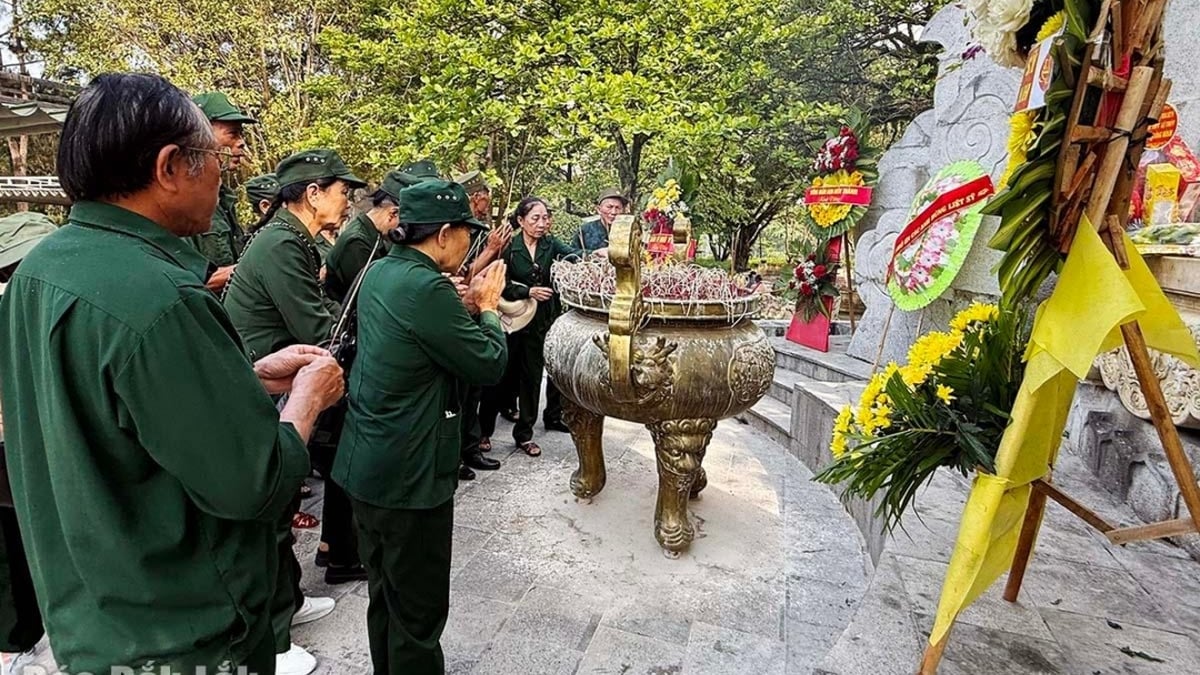
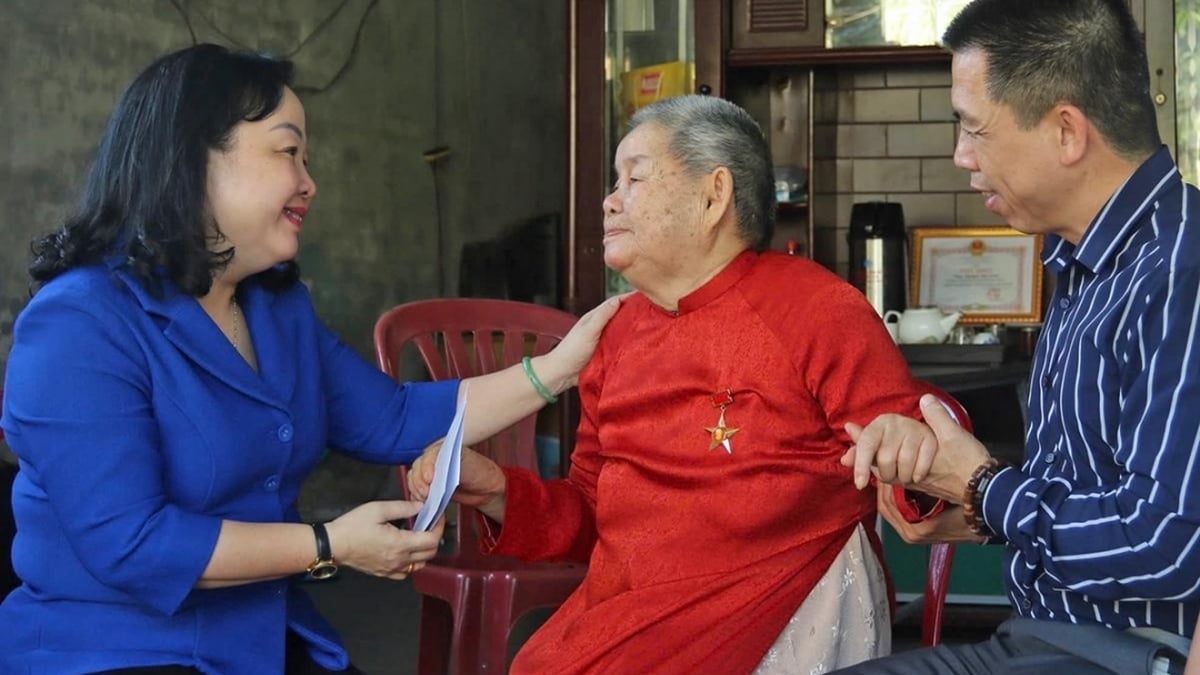
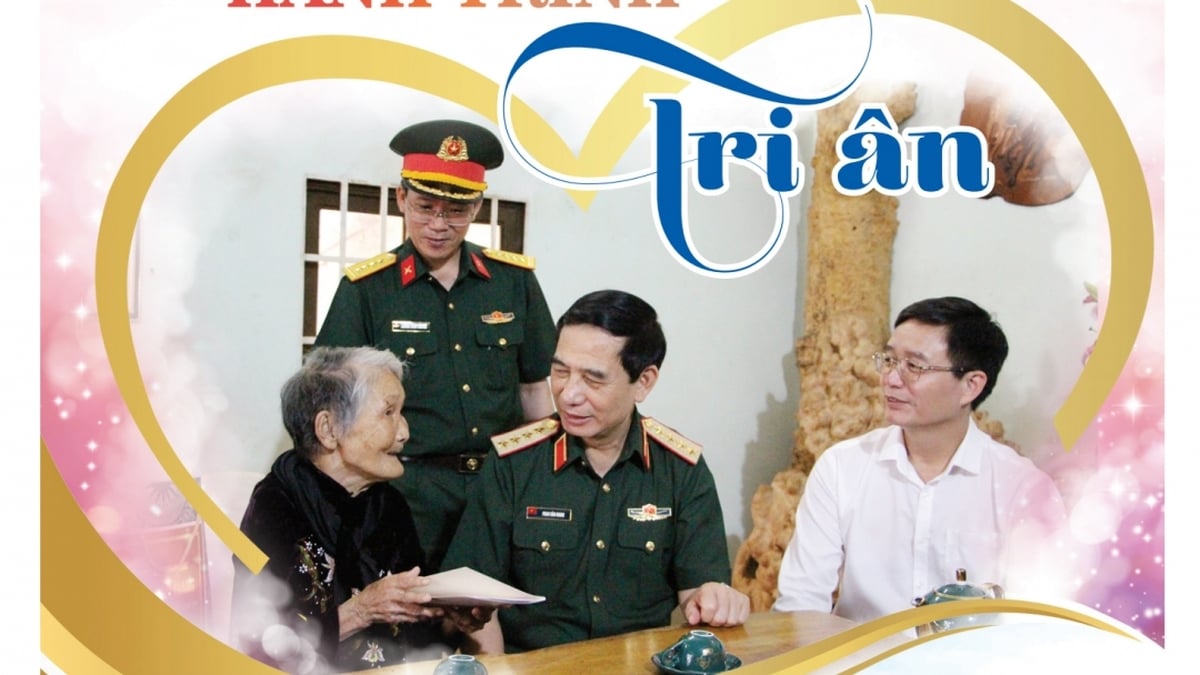
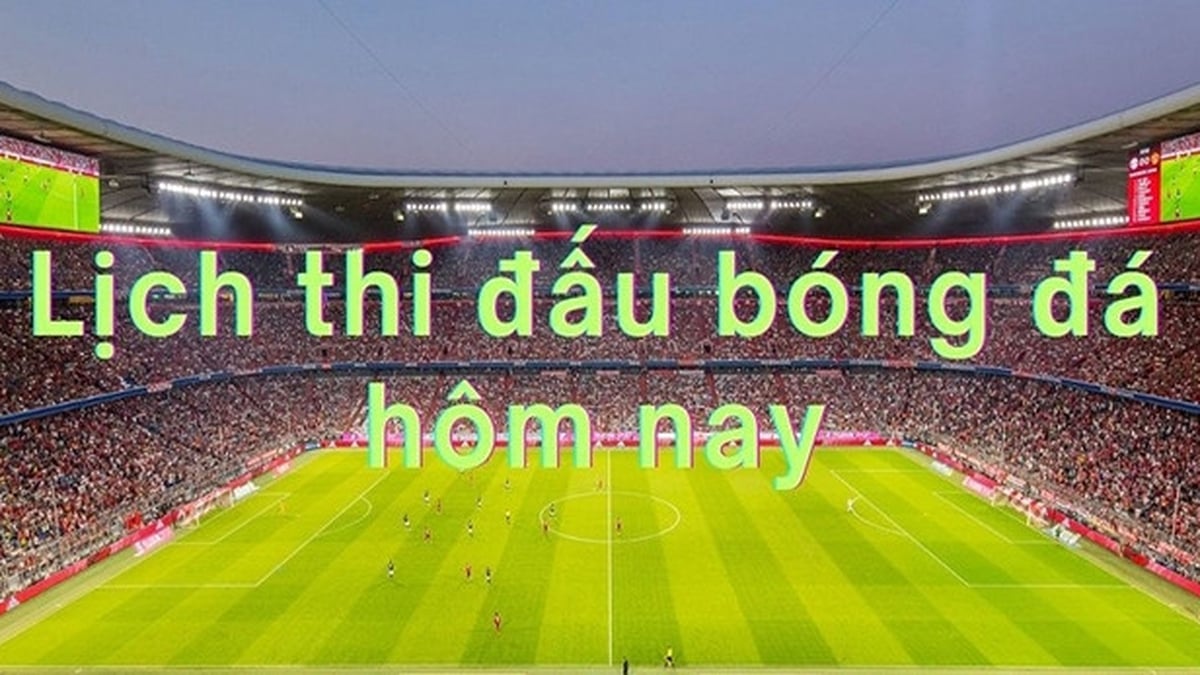
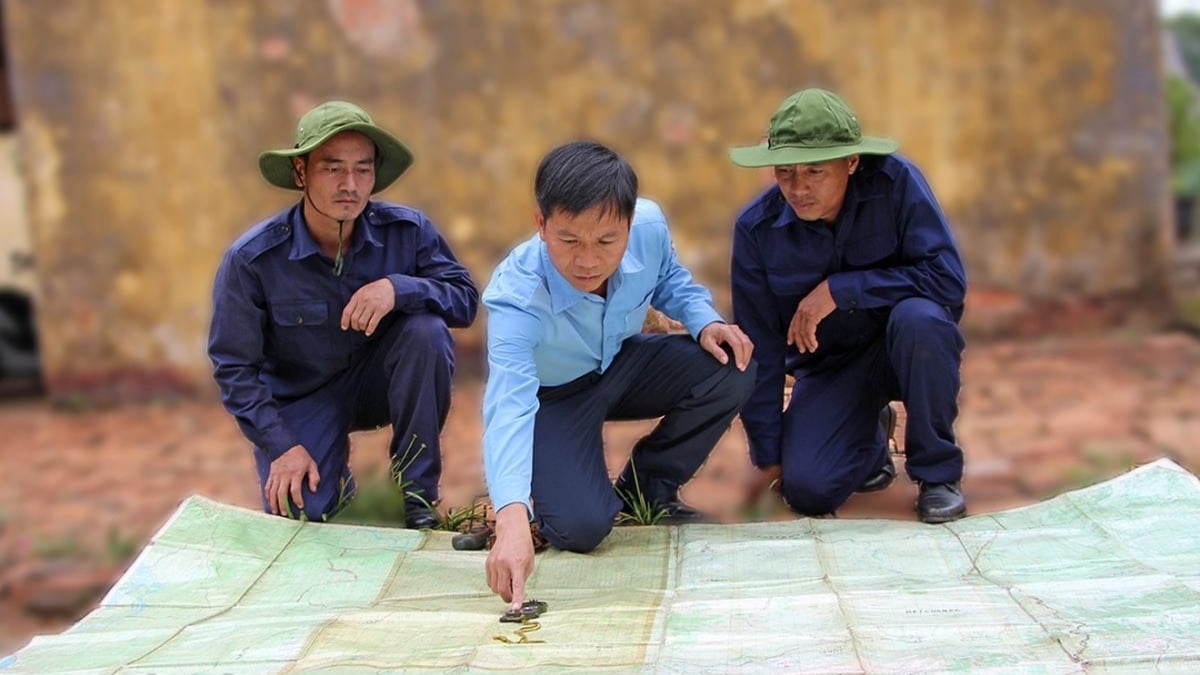
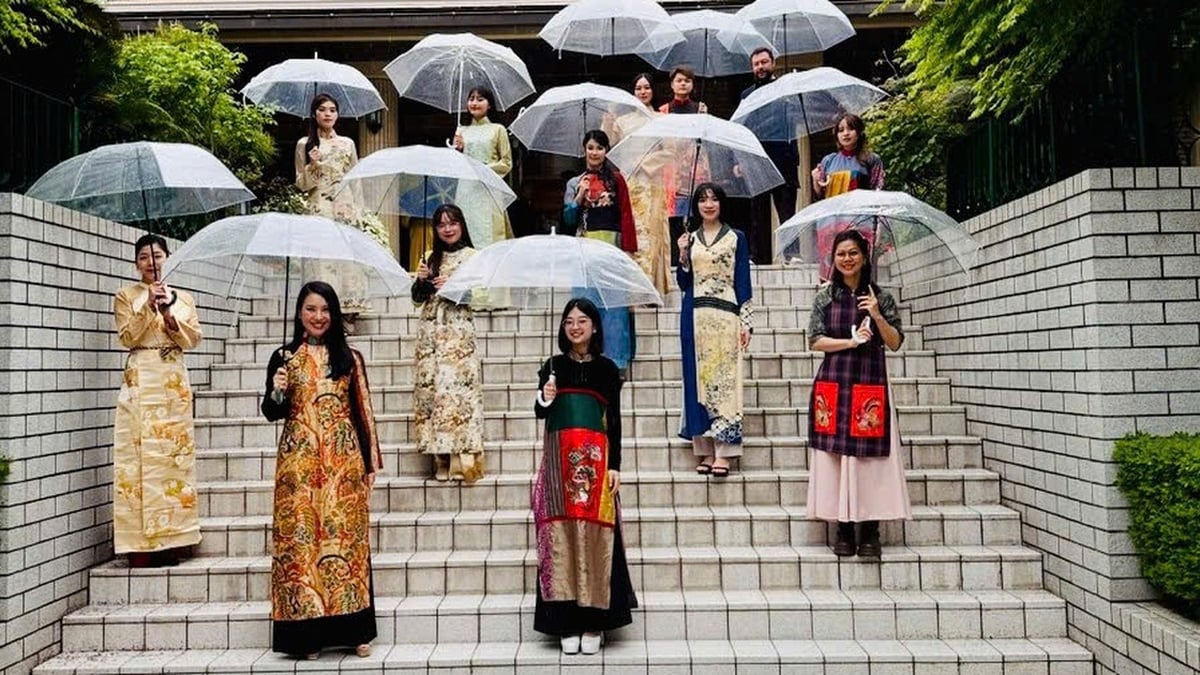
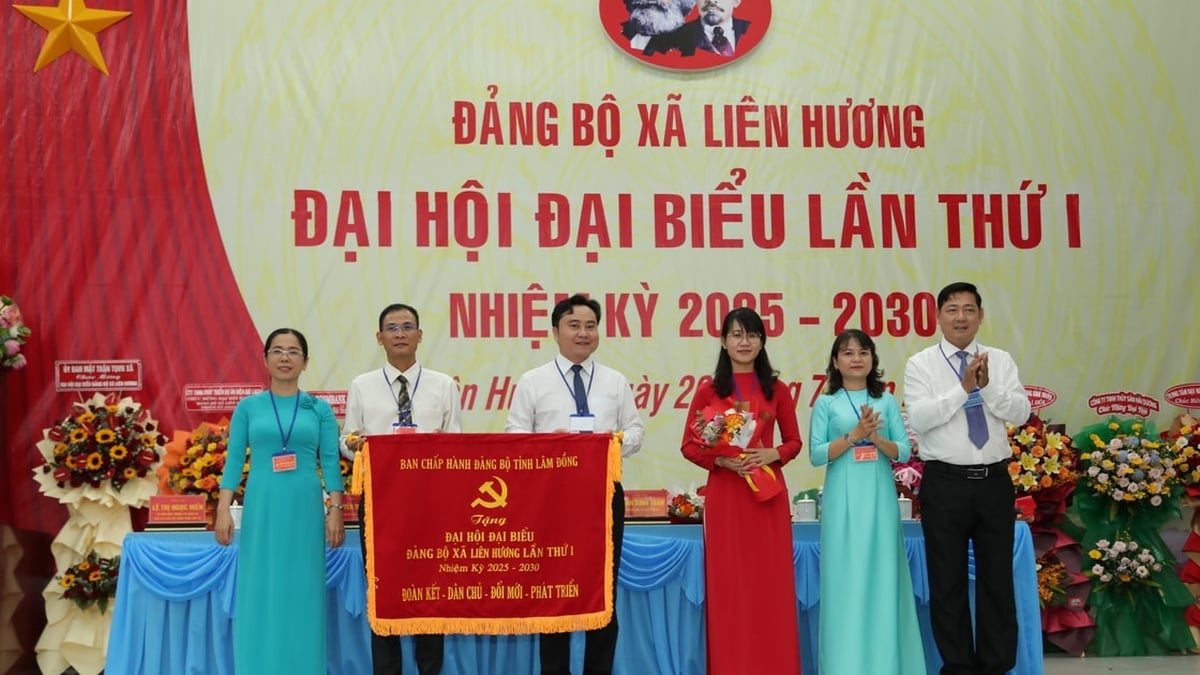
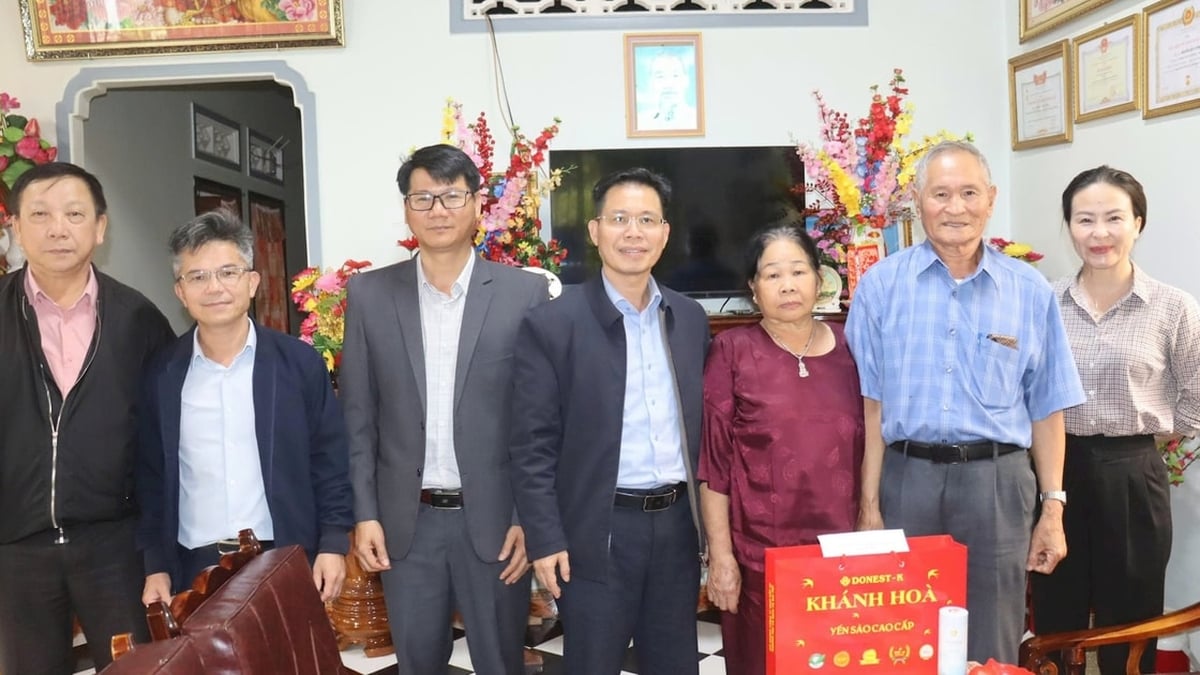
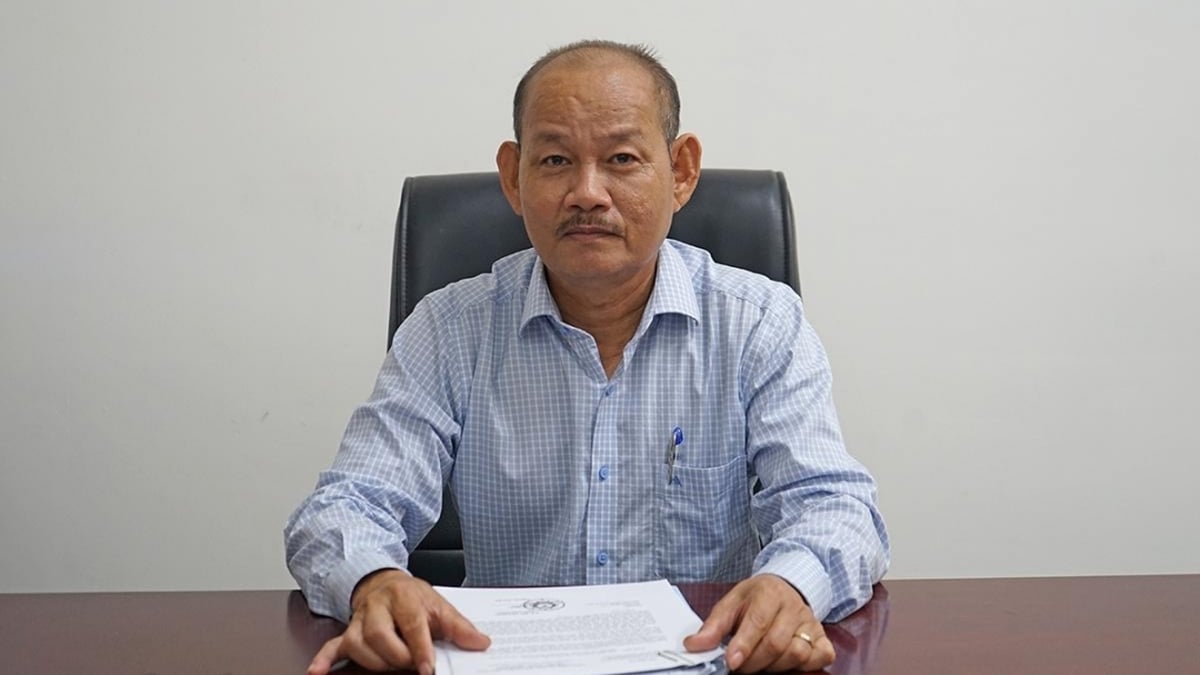























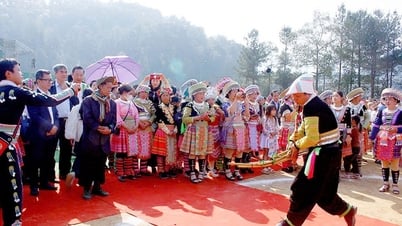

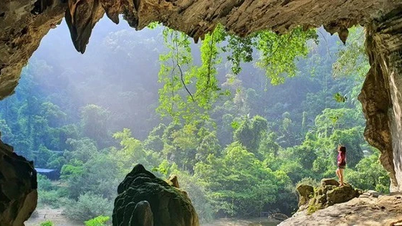

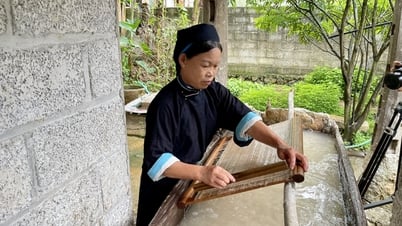

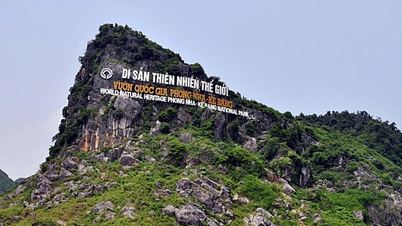

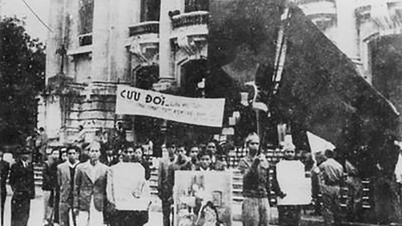









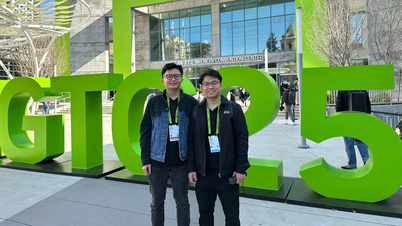













![[Photo] National Assembly Chairman Tran Thanh Man receives Chairman of Morocco-Vietnam Friendship Association](https://vphoto.vietnam.vn/thumb/402x226/vietnam/resource/IMAGE/2025/7/26/b5fb486562044db9a5e95efb6dc6a263)
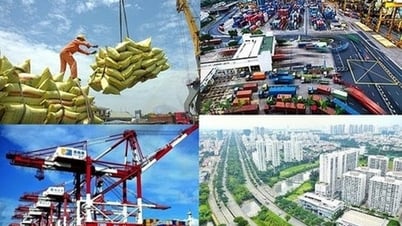


































Comment (0)